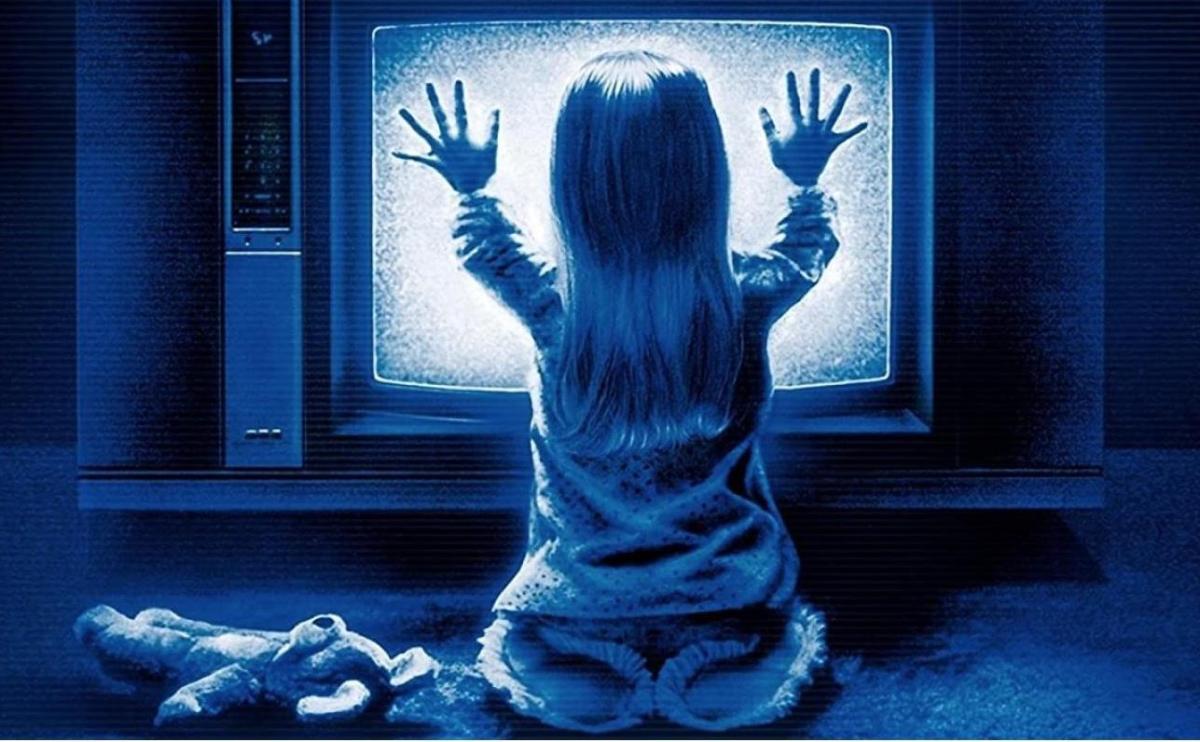With billions of dollars around the world riding on the answer, the question, ‘What are people watching on their screens?’ is crucial to hundreds of thousands of livelihoods.
The first step in figuring this out on a macro level is to gather data about what individuals are watching. There are different ways to do this, from written logs that households manually fill in to automatic content recognition (ACR) systems, which determine what’s being watched without the viewer doing anything. Examples of ACRs include audio fingerprinting, where a device or app uses a microphone to hear and recognise the program being played, and digital watermarking, which embeds digital tags into the content, which is then collected.
The ultimate ratings
The US-based Samba TV has been in the content ID business for a decade, and uses an ACR called video fingerprinting. This approach encodes unique characteristics of each video frame into small amounts of data that can later be used to recognise those frames when played back. Samba TV developed their technology in 2011, and since then, has worked with two dozen smart TV manufacturers to embed the ability to collect video fingerprints in real time.
The system can determine what’s being watched on any device whether it is delivered by broadcast TV, subscription TV, a streaming service, or a game. This capture capability is built into the TV’s computer chips along with the CPU, video decoder, and the graphics processor. Effectively, your TV can watch you watching, and tell Samba what it is.
I spy with my little TV eye
This is a voluntary system. When you set up your smart TV, its operating system gives you the choice of opting into data collection. In return, you’re supposed to get an improved viewing experience and targeted advertising that’s more likely to be relevant. The company emphasises that your personal information is not recorded and you can leave when you want to.
Samba TV boasts a network of 146 million opted-in devices, both smart TVs and what they call a broader ‘device graph.’ With so much reach, they’re gathering a massive amount of incredibly granular data about viewing habits.
I watch, you watch, we watch each other
This style of data capture is incredibly interesting, as it provides the opportunity for deep insight into the actual habits of viewers, for people who might not otherwise be able to see it. We know that Netflix and similar services track our screen consumption on their services down to the second. They use this to commission shows and make other business decisions. But if you’re outside Netflix trying to look in, or perhaps you’ve sold them a show and you’re curious how it’s doing, you’re pretty much out of luck unless Netflix gives you a peek at their numbers, which they tend not to do.
Services like Samba TV can change that. If you’re Disney+ and you’re curious how Netflix is doing, that data and those insights are presumably available for the right price. The system does not provide a complete picture of representative customer choices because it only compares programs which have been video fingerprinted by Samba.
Here comes Samba
In February, Samba TV announced a partnership with Comscore, the American media measurement and analytics company, to extend their data collection systems into Australia, promising clients would be able to ‘evaluate the impact of their advertising and its effectiveness at driving key outcomes,’ and advertisers could ‘understand how to reach valuable audiences’ and ‘access brand level competitive advertising insights as well as overall category insights, to understand the media landscape in Australia and APAC.’
That, of course, shows you what the real game is.
To raise their data analysis profile, Samba TV released a white paper called The State of Viewership Q1 2021. The document’s headline findings are eyebrow-raising and sobering. It states that that quarter over quarter, Q4 2020 to Q1 2021:
- In the US, there was a 10% decline in the daily average number of households consuming linear TV (think broadcast), and a 14% decline in total minutes viewed.
- In Australia during the same period:
- There was a 9.3% decline in linear reach and a 13% decrease in minutes watched.
- 86% of networks in Australia declined based on households reached.
- All five of Australia’s top networks tracked declines in reach, with Seven declining by 7%.
- Decreases in the US and Australia applied during each part of the day (morning, afternoon, evening, and night).
- The UK and Germany also showed decreases, if less severe ones.
Drops like that could cause heads to roll.
But…
There are arguments for squinting a little harder at the document.
First, while there is a discussion of their methodology at the end of the white paper, there’s no breakdown of sample size for any of the countries involved. We don’t know if 50,000 smart TVs were sampled or five.
Second, it’s not clear which networks are included in the 86% percent of Australian networks affected by the decrease.
Third, and most important, it’s easy to argue that contrasting Q4 2020 to Q1 2021 is a flawed apples-to-oranges comparison. Q4 is a holiday quarter. It’s winter in the US, and you could guess that the holidays and family time might skew viewing. Similarly, in Australia the sun is out, the weather warm, the days are long, and people have weeks of downtime locked in. This, too, will affect how much TV time people allow themselves.
Even with the emergence of Covid in mind from March 2020, a better comparison would be Q1 2020 to Q1 2021 (year over year) instead of Q4 2020 to Q1 2021 (quarter to quarter).
So, returning to the question posed in the title of this piece, is broadcast TV watching plummeting? Maybe. Maybe not. We know that screen habits continue to shift dramatically, from cord cutters to multi-screen viewing to the on-demand expectations of audiences. But these are trends that have been playing out for years, and to get a sense of whether something alarming is going on, we’d need to see comparable data across much more time.
Broadcasters certainly continue to believe they have an important role to play. Screenhub asked Free TV for comment, but the reply did not provide an answer. We also reached out to Samba, which has offered to discuss its report for Q2 in detail once it has been completed. With a longer range of data, we should be able to report how the local advertising sector is interpreting the results.
More important than this, the system enables the sector to explore change as it occurs over time. We know about today, but what about tomorrow?





